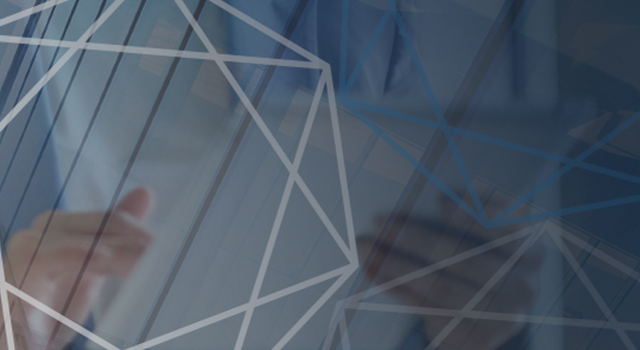Many Americans rely on financing to purchase cars, new or used. In Q2 2022, auto loan balance surpassed $1.4 trillion for the first time in history. With rising interest rates and falling prices, more and more borrowers find themselves stuck in “upside-down” car loans. In other words, the borrower owes more than the car is worth and is underwater on the loan. This article provides a quick glance at the current state of auto loans.
Auto Loans Rapidly Expanded During the Pandemic
Figure 1 plots the outstanding auto loan balance (dark solid line) from Q1 2016 to present, along with a linear trend estimated using pre-pandemic data (grey dashed line). In January 2021, auto loan balance started surging above trend. By October 2022, it has surpassed $1.4 trillion.
Figure 1: Auto Loan Balance 2016-2022
A confluence of market factors, including historically low interest rates, increased demand for automobiles as a substitute for public transportation, and supply shortages, may have contributed to rising car prices and larger loans. The average balance of new car loans increased from $32,723 in March 2020 to $40,155 by September 2022—an increase of 23 percent. Many borrowers also may have made bolder financing decisions due to low interest rates and a robust labor market during 2021.
More and More Loans Turn Upside-Down
The Federal Reserve started raising interest rates aggressively in May 2021. According to Bloomberg, the average new-car interest rate rose to 6.9% in January 2023 from 4.3% a year earlier. It is estimated that “15.7% of consumers who financed a new vehicle in Q4 2022 committed to a monthly payment of $1,000 or more — the highest it's ever been — compared to 10.5% in Q4 2021 and 6.7% in Q4 2020.” With higher rates, more and more Americans are struggling to keep up with loan payments.
The prices of used cars have also been falling. According to the Federal Reserve, the consumer price index for used cars and trucks has declined by 12 percent, on a year-over-year basis, by January 2023.
Rising loan balance and falling price turn car loans “upside-down.” That is, loans are worth more than the underlying collateral. In this case, borrowers are said to have negative equity in the car. According to Edmunds, “17.4% of new vehicle sales with a trade-in had negative equity in Q4 2022.”
Upside down loans create adverse economic incentives for borrowers: they might find themselves better off—at least on paper—just walking away from the loan than continuing paying for it. Such adverse incentives plagued millions of subprime mortgage loans during the 2008-2009 financial crisis and contributed to the collapse of the housing market. Many market observers are keeping a keen eye on the auto loan market as the economy heads towards a possible recession.
A full version of this article, with citations, is available at the link below. For additional inquiries, please contact info@vegaeconomics.com.


